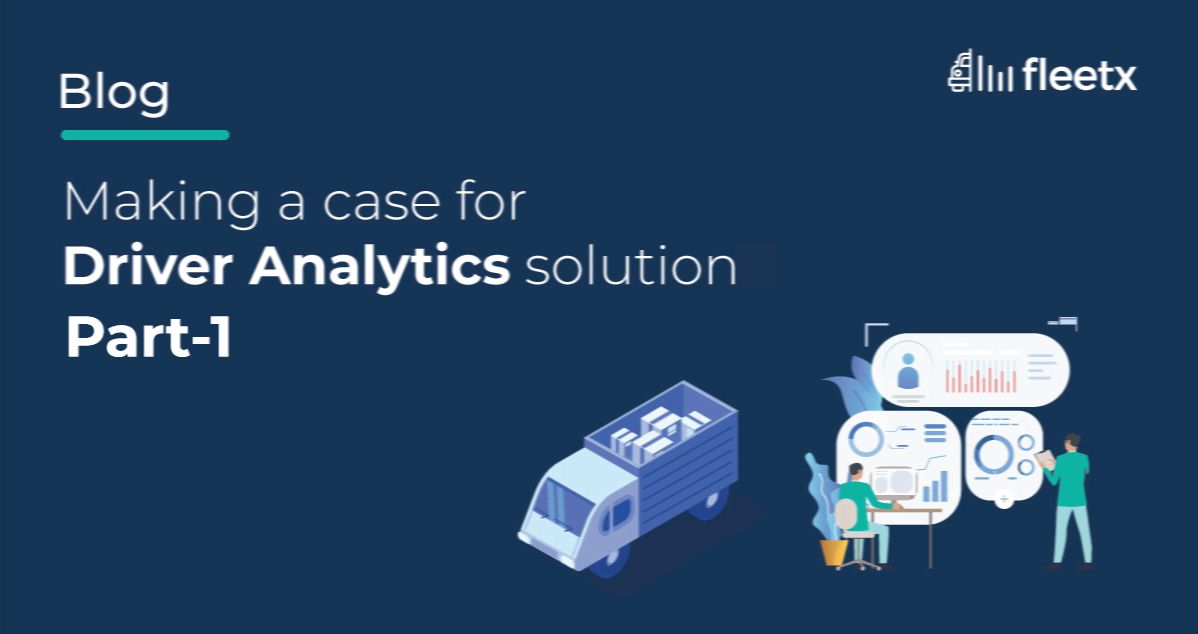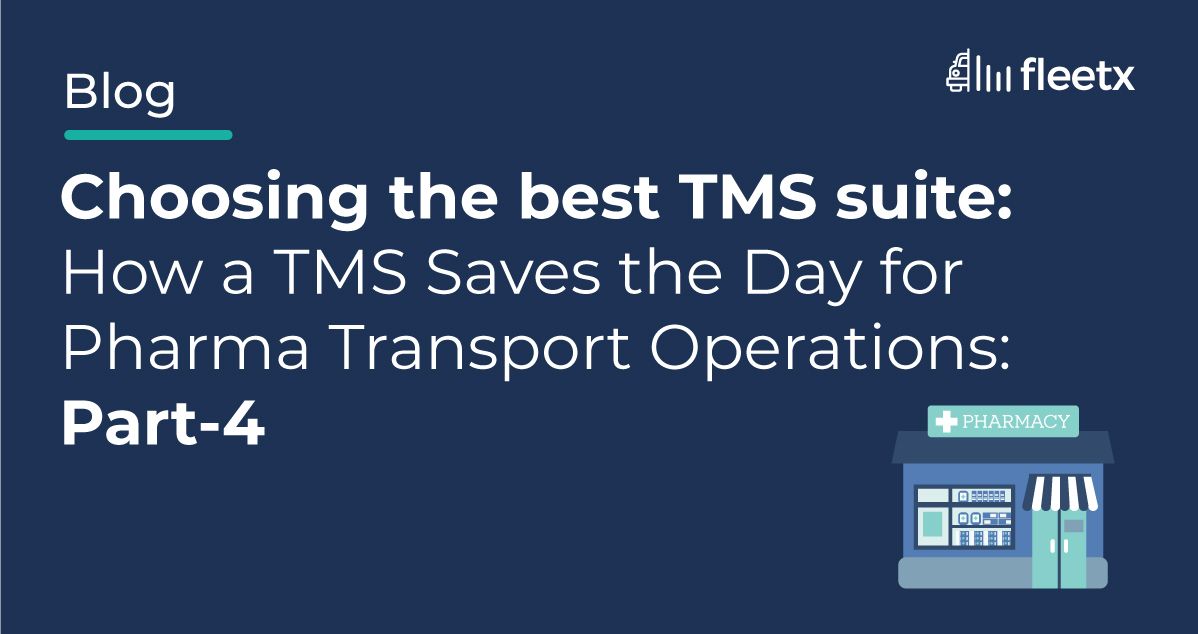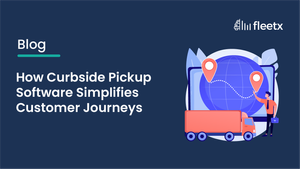
The transportation sector in India faces significant challenges related to safety and supply chain visibility. In 2021, according to a report by the Ministry of Road, Transport and Highways (MORTH) there were 4,12,432 registered road accidents, marking a 12.6% YoY increase from 2020. Of these accidents, 1,53,972 resulted in casualties, which is a 16.9% increase from the previous year.
Over 50% of these accidents occurred on national or state highways, where commercial trucks and light motor vehicles (LMVs) are prevalent. This is particularly concerning as highways constitute less than 5% of India's total road network. It is worth noting that actual accident numbers in India may be significantly higher than reported figures. As most vehicles on these highways are commercial trucks, they pose a risk to both the vehicles and the associated businesses. Therefore, it is essential to improve safety protocols for fleets engaged in business activities.
In addition to businesses, truck drivers are also impacted by accidents and often are partially or fully responsible for damages caused to the goods and the truck due to accidents. Coming to the primary causes behind accidents, over-speeding is the reason for most accidents in India followed by other causes such as lane indiscipline, traffic violations, overloading and distractions while driving. Some of the causes that lead to accidents are avoidable while others can be prevented to a great extent by improving the supply chain visibility in transport operations.
Businesses and transporters in India are also highly dependent on the driver when it comes to their transport operations. Whether it is getting the ETA, receiving the Lorry Receipt, managing the quality of drive and vehicle health or loading and unloading cargo, the truck driver becomes the point of contact for everything related to the cargo being shipped once it leaves the warehouse.
Burdened with additional responsibilities, truck drivers in India are often fatigued and overworked, which affects their primary job function, i.e., driving the truck. In 2020, a revealing report published by SaveLifeFoundation found that over 50% of truck drivers drive even when they are sleepy and fatigued, putting in 12 hours of driving on an average.
The report further shed light on poor work-life balance, working conditions, and pay that has been known for years but never properly discussed. Fatigue and sleep deprivation have been among the leading causes of road accidents in India, along with other causes such as overloading and rash driving, among others. All these factors affect the well-being of the driver as well as the overall safety of your company's transport operations.
When it comes to visibility, transporters and businesses in India have very little insight into how their transportation is carried out from the driver's end. The majority of trucks in India are not equipped with devices or solutions that can provide real-time information related to either the shipper or the customer. In such a scenario, shippers have to rely on the driver to provide updates on the shipment.
However, the lack of any monitoring on driver behaviour or condition while driving creates space for instances of over-speeding, hard acceleration or deceleration, unwanted stops, rerouting, etc. These issues could be avoided if appropriate solutions were in place to monitor driver behaviour in real-time.
In addition to enhancing safety, improving visibility and monitoring in transport operations have other tangible benefits such as fuel cost that makes up a significant portion of the total cost of transportation. Thus, by flagging inefficient practices of drivers such as engine idling, over-speeding or hard acceleration, businesses can improve the overall operating efficiency of their transport operation while making it safer for their drivers as well as their customers.







